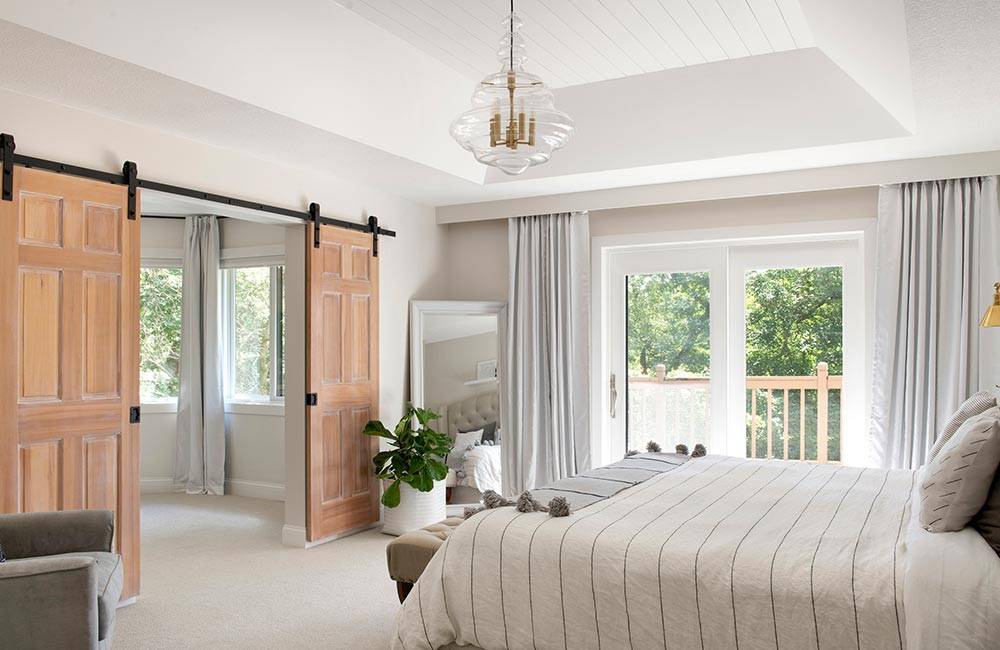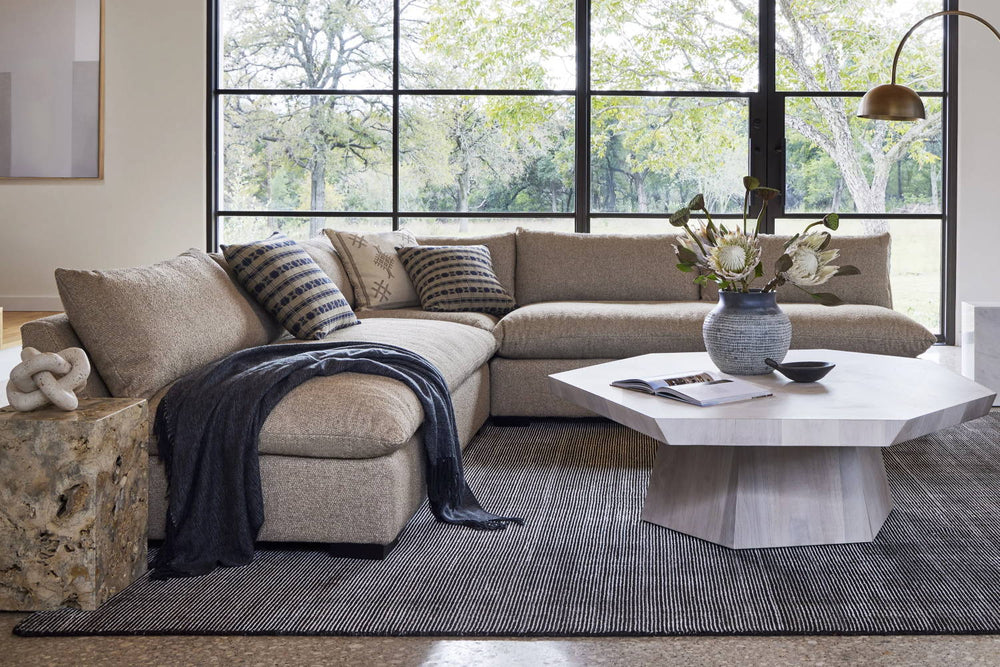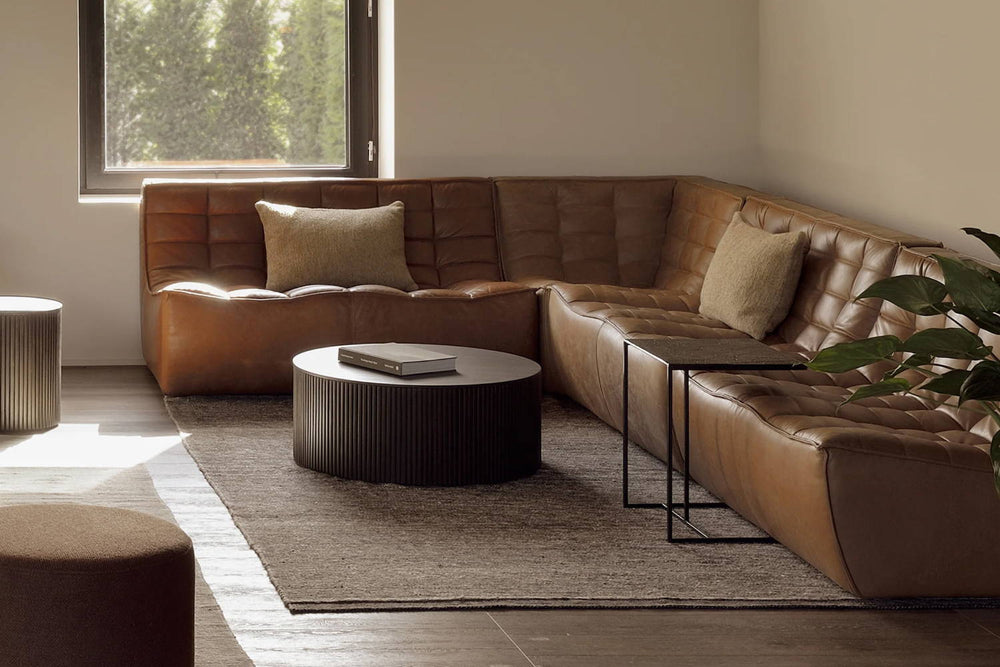In the realm of interior design and home decor, lighting plays an indispensable role in setting the ambiance and enhancing the overall aesthetic appeal of a space. Among the various lighting options available, pendant lights have emerged as a popular choice for their versatility, elegance, and ability to create focal points within a room. Whether you're revamping your living room, remodeling your kitchen, or redesigning your dining area, pendant lights can add a touch of sophistication and charm to any setting. However, one critical question often arises: How far apart should pendant lights be placed to achieve the most harmonious and balanced look? In this illuminating guide, we delve into the art of pendant light placement, exploring factors such as room size, ceiling height, furniture arrangement, and personal preferences that influence the ideal spacing of pendant lights.
What is the Best Place to Use Pendant Lights?
Pendant lights are versatile and can be used in various places throughout your home to add both style and functionality. Here are some of the best places to use pendant lights:
- Kitchen: Pendant lights work exceptionally well over kitchen islands or breakfast bars, providing focused task lighting for meal preparation and adding a stylish focal point to the heart of your kitchen
- Dining Area: Hanging a pendant light above the dining table can create an inviting and intimate atmosphere during meals and gatherings, while also accentuating the dining area's decor
- Living Room: Pendant lights can be used in the living room to complement or replace traditional floor or table lamps. When strategically placed, they can highlight specific areas or objects, such as a coffee table or an art piece
- Entryway/Foyer: Pendant lights can make a striking first impression when placed in the entryway or foyer. They provide adequate illumination while setting the tone for the rest of your home's interior
- Bedroom: As an alternative to bedside table lamps, pendant lights can free up space on nightstands and create a modern and minimalist look. They can be hung on either side of the bed for a balanced and symmetrical design
- Hallways: Pendant lights can illuminate long hallways, providing a guiding path and breaking up the monotonous stretch with a touch of elegance
- Home Office: Pendant lights can be used in home offices to ensure ample task lighting while keeping the workspace clutter-free and organized
- Bathroom: In the bathroom, pendant lights can be placed above the vanity mirror to provide even and flattering lighting for grooming routines
- Outdoor Spaces: Pendant lights designed for outdoor use can add charm and functionality to covered patios, porches, or pergolas, extending the enjoyment of your outdoor living spaces into the evening
Remember to consider the height of the ceiling, the size of the space, and the overall design theme when choosing pendant lights for any area in your home. With the right selection and placement, pendant lights can transform and elevate the ambiance of any room while fulfilling your practical lighting needs.
How Far Apart Should Pendant Lights Be?
How Far Apart Should Pendant Lights Be Over a Kitchen Island?
The ideal spacing between pendant lights over a kitchen island depends on several factors, including the size and shape of the island, the pendant light size, and the desired level of illumination. As a general rule of thumb, the distance between pendant lights should be approximately 24 to 30 inches (61 to 76 centimeters) apart, measured from the center of one fixture to the center of the next.
- Island Length: For a standard-sized kitchen island (around 4 to 6 feet long), two to three pendant lights are usually sufficient. If the island is longer, you may consider adding additional pendants, ensuring they are evenly spaced along the length of the island
- Pendant Size: Consider the size of the pendant lights in relation to the island. Large pendant lights may require more space between them to avoid overcrowding, while smaller fixtures can be placed closer together
- Balance and Symmetry: Achieving a balanced and symmetrical look is essential. Center the pendant lights over the island, making sure they align with the island's shape and length
- Height: Pendant lights should typically hang 30 to 36 inches (76 to 91 centimeters) above the countertop. However, this measurement may vary depending on personal preferences and the pendant's design. Ensure the height is comfortable for tasks like meal preparation and dining
How Far Apart Should Pendant Lights Be Over a Kitchen or Dining Room Table?
- Table Length: For a rectangular or oval dining table, the general recommendation is to place the pendant lights about 30 to 36 inches (76 to 91 centimeters) apart, measured from the center of one fixture to the center of the next. For a square table, you can follow a similar guideline
- Pendant Size: Consider the size of the pendant lights in relation to the table. If you have larger or more substantial fixtures, you may need to space them a bit farther apart to avoid overcrowding. Smaller pendants can be placed closer together
- Number of Pendants: The number of pendant lights to hang over the table depends on the table's length and your design preferences. For rectangular or oval tables, two to three pendant lights are common, while a square table may require only one pendant at the center
- Height: The ideal height for pendant lights over a dining table is typically 30 to 36 inches (76 to 91 centimeters) above the table's surface. This measurement ensures sufficient illumination for dining and creates an intimate atmosphere during meals
Ultimately, the placement of pendant lights over a table should align with your personal style and the specific characteristics of the space. Feel free to experiment with different spacings and configurations to find the perfect arrangement that complements your dining or kitchen area, making it a warm and inviting space for gatherings and everyday use.
How Low Should I Hang My Pendant Lights?
The ideal height for hanging pendant lights depends on the specific purpose of the lights, the location in the room, and the overall design aesthetic you want to achieve. Here are some general guidelines to help you determine how low to hang your pendant lights:
- Over a Dining Table: When hanging pendant lights over a dining table, the typical height is around 30 to 36 inches (76 to 91 centimeters) above the table surface. This height allows for comfortable conversation and ensures the light illuminates the table without obstructing the view across it. However, you can adjust the height based on personal preference and the pendant design. For higher ceilings or larger fixtures, you may consider hanging them slightly higher
- Over a Kitchen Island or Countertop: For pendant lights above a kitchen island or countertop, the height should be around 30 to 36 inches (76 to 91 centimeters) above the counter surface. This height provides sufficient task lighting while maintaining a comfortable visual connection between the kitchen workspace and the rest of the room. If you have taller family members or specific tasks that require more focused lighting, you might choose to hang the pendants a bit lower
Considering various factors such as room size, ceiling height, furniture arrangement, and the intended purpose of the space, you can determine the appropriate spacing for your pendant lights. In larger rooms, spreading the lights further apart can create a sense of openness, while closer placement fosters a more intimate setting in smaller spaces. Remember, pendant lights are not just sources of illumination; they are also design elements that can enhance the overall style and theme of your interiors. Trust your instincts and let your personal preferences guide you in choosing the right distance between pendant lights to align with your vision and taste. When in doubt, consulting with a professional interior designer or a lighting expert can provide valuable insights and tailored solutions to cater to your specific needs. With a well-thought-out pendant light arrangement, you can transform any room into a captivating and inviting space, where both beauty and functionality harmoniously coexist.








